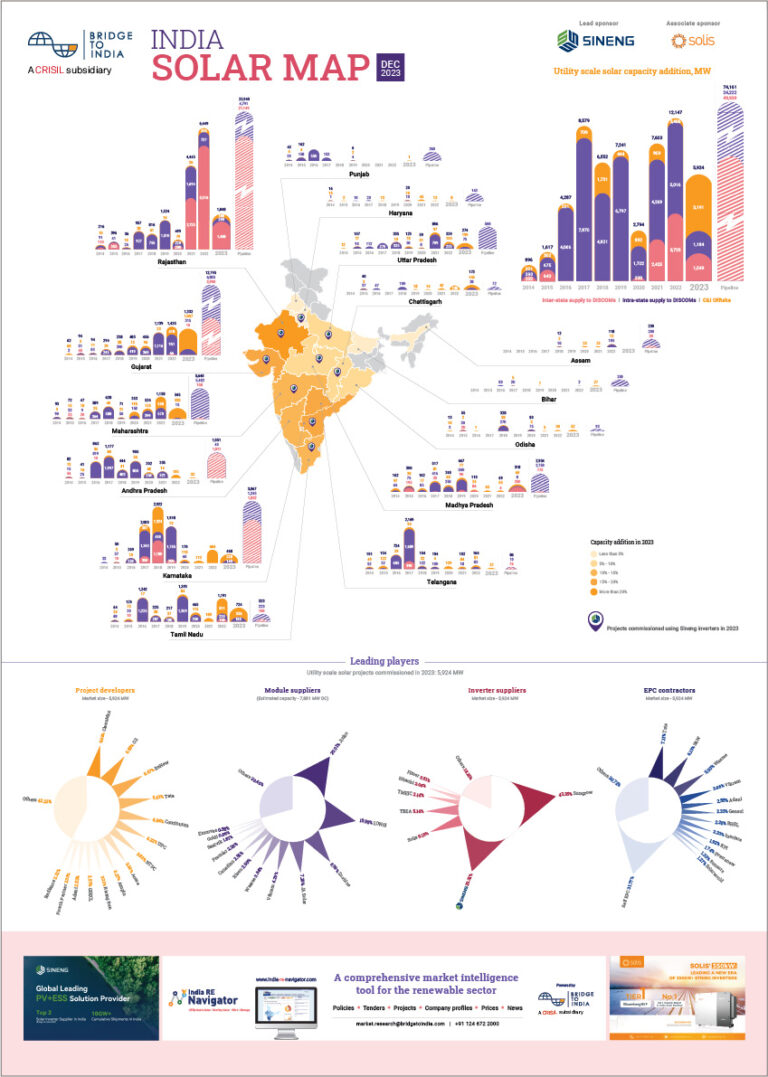Power demand for cooling applications accounts for about 17% (210 TWh in 2017-18) of India’s total electricity requirement. As per a projection by the Ministry of Environment, Forests and Climate Change (MOEF&CC), this demand could increase to 985 TWh by 2037-38 in the business-as-usual scenario. But the Ministry’s India Cooling Action Plan (ICAP) has projected this demand falling by 300 TWh if appropriate measures including energy conservation building code (ECBC), more efficient cooling appliances, district cooling and thermal energy storage are adopted.
Figure: Projected power demand from cooling applications, TWh

Source: Ministry of Environment, Forests and Climate Change
Note: Accelerated adoption scenario assumes implementation of additional cooling load reduction measures.
Inability of renewable power to meet evening peak loads is a major reason why grid operators and DISCOMs are hostile towards it. Reduction in cooling demand would reduce the evening loads and make renewable power more attractive to DISCOMs, who rely on expensive thermal power for evening peak demand.
Some recent initiatives give us a useful peek into efficacy of potential measures to reduce cooling load arising from measures proposed under ICAP. Space cooling, which includes air conditioners and fans, accounts for 64% of cooling load and is a focus area for load reduction. Large scale district cooling has so far been implemented only in the GIFT City, Gujarat reducing the city’s cooling load from 240 MW to 135 MW. More schemes are expected to be implemented in Bhopal, Coimbatore, Pune, Rajkot and Thane on a pilot basis. Thermal storage has been adopted by several commercial and institutional entities, especially in hospitality and IT sectors. Tata Power, the Mumbai DISCOM, has successfully demonstrated reduction of load by 80% using thermal storage. Success on ECBC compliance front has, however, been limited. Only 13 states have notified ECBC and its implementation remains questionable.
With limited adoption of proposed measures so far, medium to long-term viability of shifting cooling demand away from electricity remains uncertain. But India is bound under the Montreal Protocol to phase out ozone-depleting substances (used in refrigeration and air-conditioning) by 2030. Doing so would be hugely beneficial for the renewable sector.












